These foods are prized for their nutritional value and taste and are enjoyed globally in different cuisines. Historically, they were more expensive and scarce due to varied factors, including their difficulty to cultivate, and were considered luxury items. Some are still luxury foods, but these 12 foods are now much easier to buy.
Pineapples
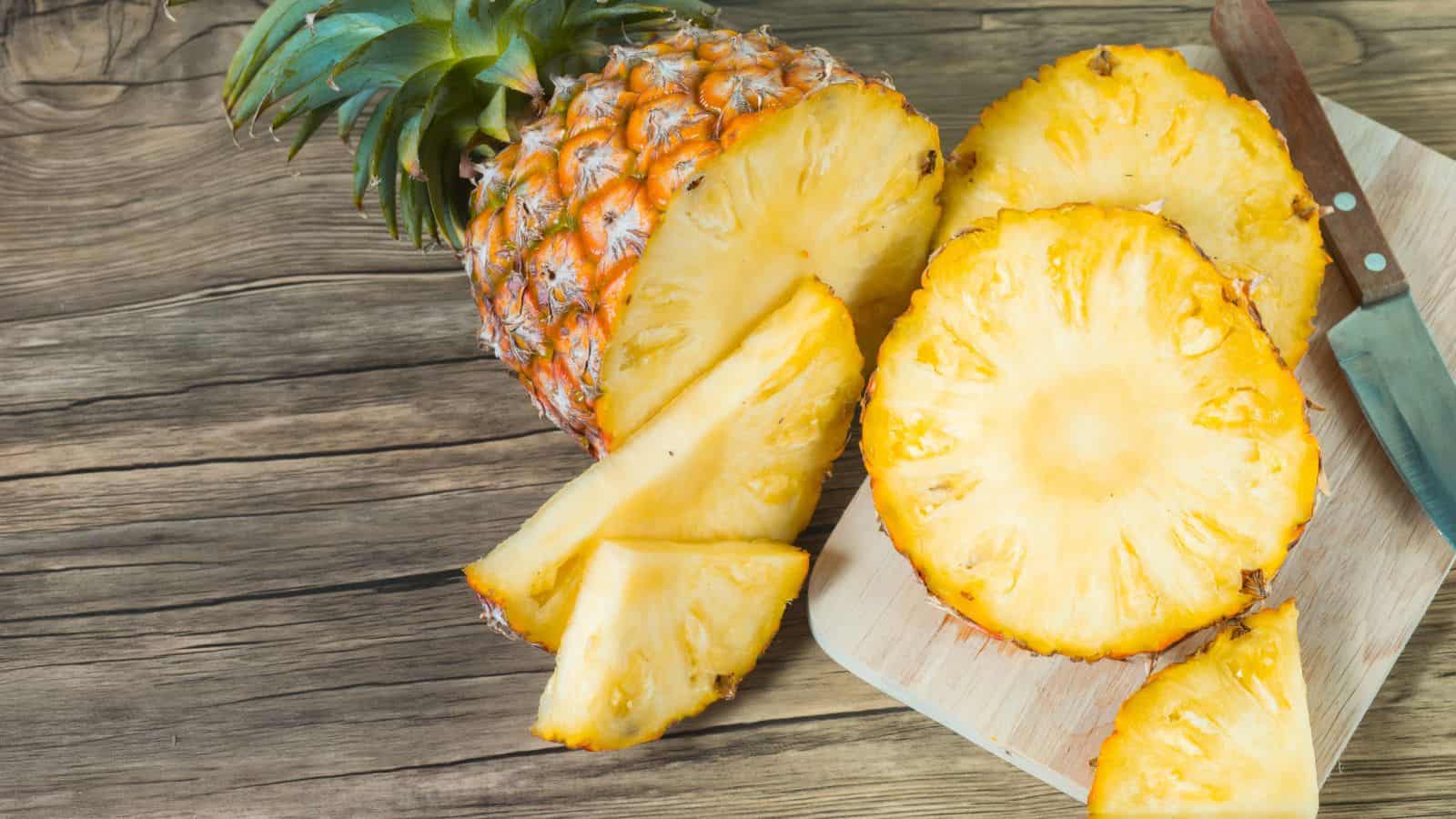
Pineapples were an 18th-century status symbol in the U.K. and the U.S. after explorers in the New World wrote about their delicious sweet taste. George Washington was a noted admirer of the fruit, which was worth 80 pounds in 1770s England, or around $15,000 in today’s money. Now, they are a common item in grocery stores worldwide and a popular pizza topping.
Saffron
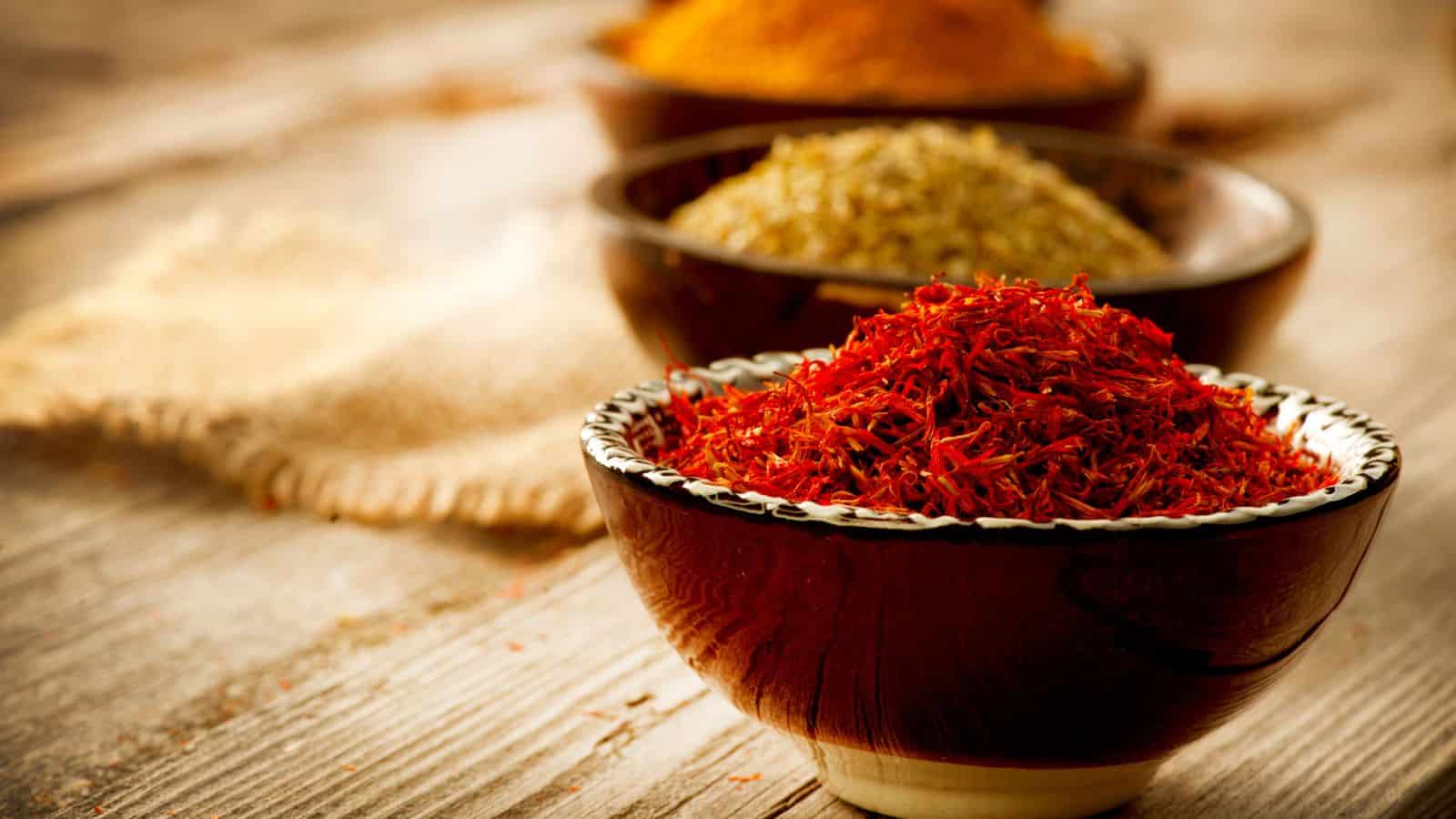
Healthline notes, “Saffron is the most expensive spice in the world—with 1 pound (450 grams) costing between $500 and $5,000.” Its labor-intensive harvesting method makes production costly, but it is more accessible than it historically was in 1730s Pennsylvania, when it was worth as much as gold.
Wagyū Beef
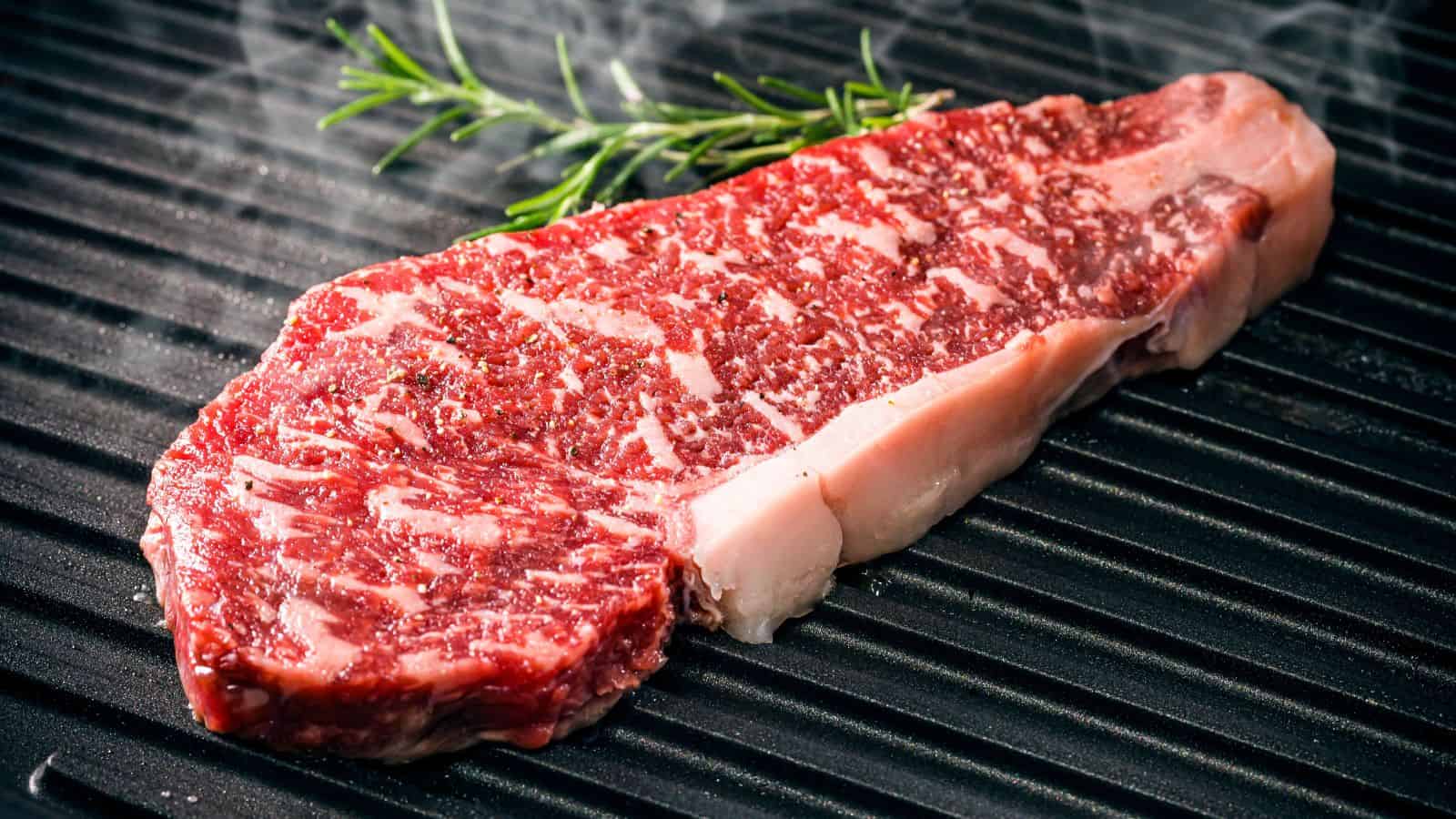
Wagyū beef is known for its marbling, flavor, and ability to cook for extended periods without drying up and becoming leathery. Native to Japan, wagyū cattle are fed for double the period of other breeds after weaning, making it an expensive premium meat. International breeding programs have made it more available, but it remains highly expensive.
Vanilla

Vanilla, imported from Mexico, was a luxury spice for the elite class until the mid-19th century. Today, it is still one of the world’s most expensive spices because of its labor-intensive harvesting, which is produced primarily in Madagascar, but it is widely available as vanilla essence in grocery stores.
Caviar

Caviar was considered a delicacy by the ancient Greeks, Persians, and later Russians and Americans for its salty taste. It was highly sought in 12th-century Russia. Imperia Caviar writes, “In recent years, it has become more accessible than ever before thanks to sustainable aquaculture practices,” but it is still expensive.
Champagne

Champagne was a favorite drink of the European aristocracy, used as a toast in military victories and royal coronations. Today, the sparkling wine is widely available, with options for every budget, but it is still considered a luxury drink for celebrations.
Macadamia Nuts
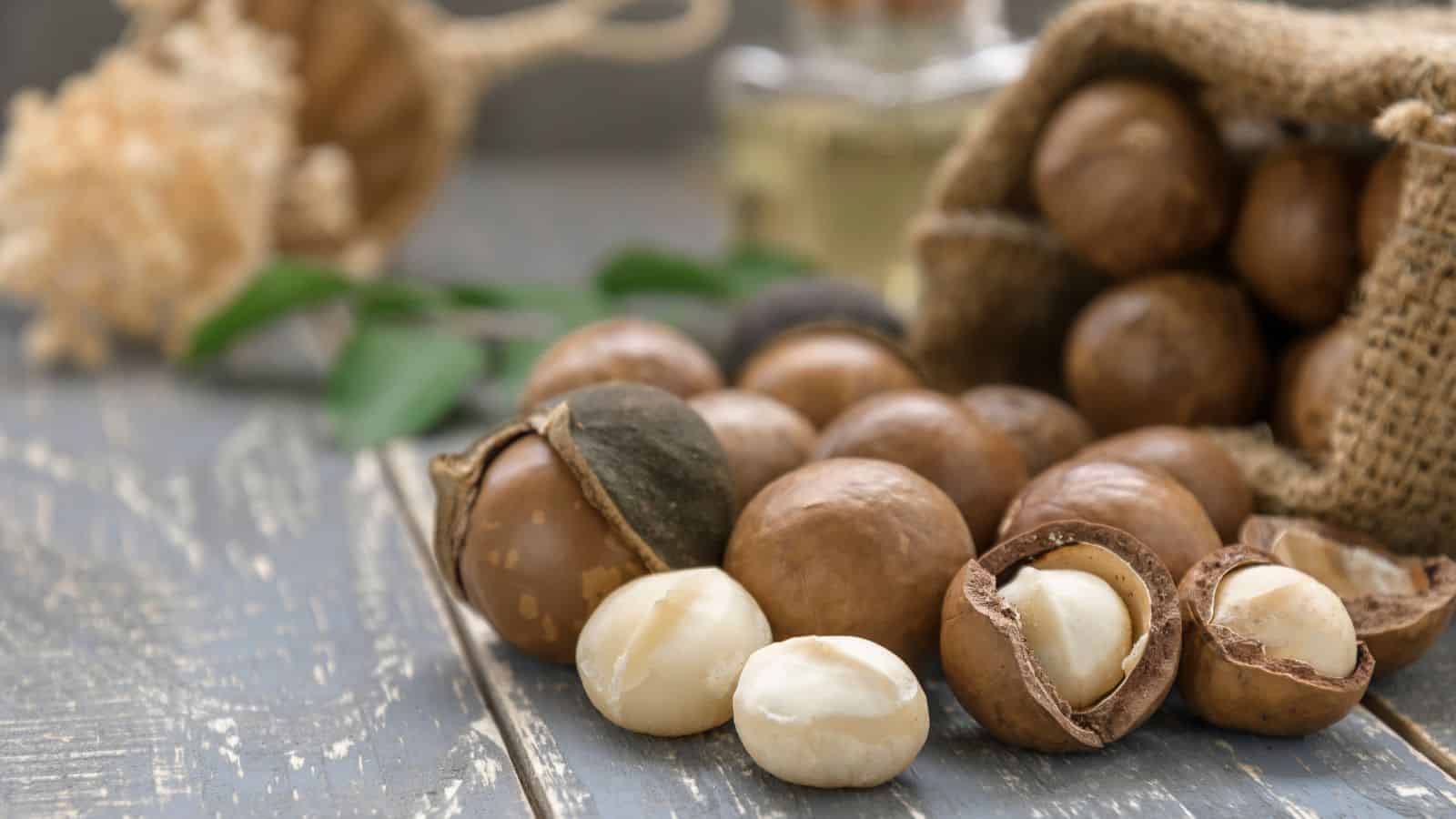
Macadamia trees are native to Australia and were planted in Hawaii from seeds in the late 19th century. Because of their labor-intensive cultivation process, macadamia nuts are still among the world’s most expensive, but they are produced in multiple countries and sold in grocery stores nationwide.
Almonds

Almonds were once a luxury nut due to their high water requirements for cultivation. Global demand for the biblical nut led to expanded production, especially in California, where the almond industry was firmly established by the beginning of the 20th century. Today, almonds are available whole, or as milk, flour, or butter.
Sushi

Eat Japan notes that “Sushi is said to have originated in China between the 5th and the 3rd centuries B.C., as a means of preserving fish in salt,” and appeared in Japan in the 8th century. Today’s form of sushi, nigirizushi, became popular in Tokyo in the 1830s. Sushi gradually spread to the Western world, initially in high-end restaurants, and is now commonly available.
Olive Oil

Olives and olive oil were highly sought-after luxury items in ancient Greece, with emphasis placed on the origin of the olives. Today, modern extraction methods increase the yield and availability of olive oil, which is available in several grades.
Pomegranates

Pomegranates have been cultivated for millennia and are believed to have been domesticated in the fifth millennium B.C. It was regarded as a luxury item for trade for centuries but is now widely available whole or as seeds, juices, and extracts.
Truffles
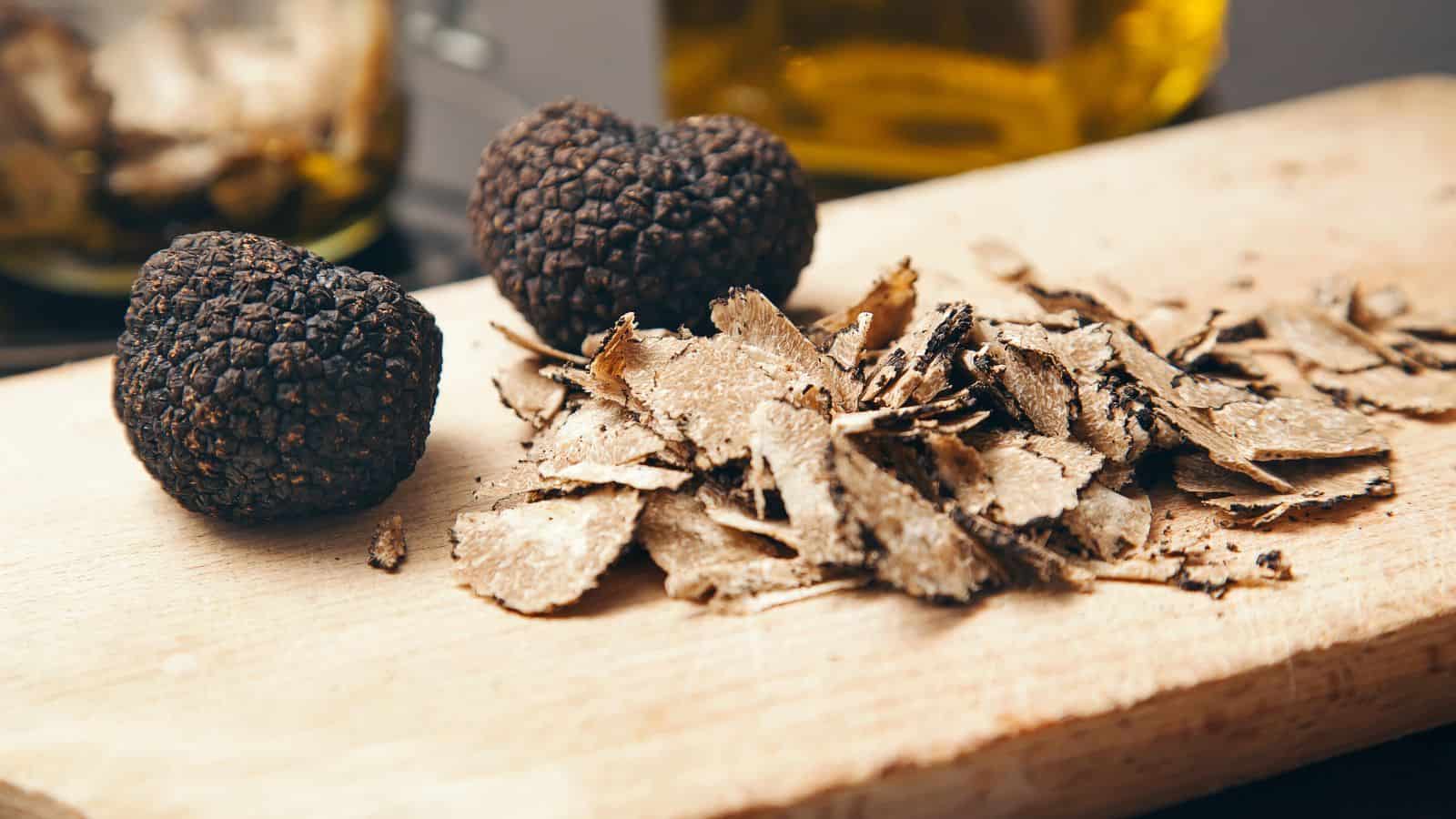
Britannica defines truffles as an “edible subterranean fungus, prized as a food delicacy.” Chefs and gourmands highly prize them for their distinct aroma. Truffles are difficult to cultivate for commerce, requiring a labor-intensive foraging process by pigs or dogs. Today, they are more cultivated than ever before, making them more accessible, but they are still an expensive luxury.
